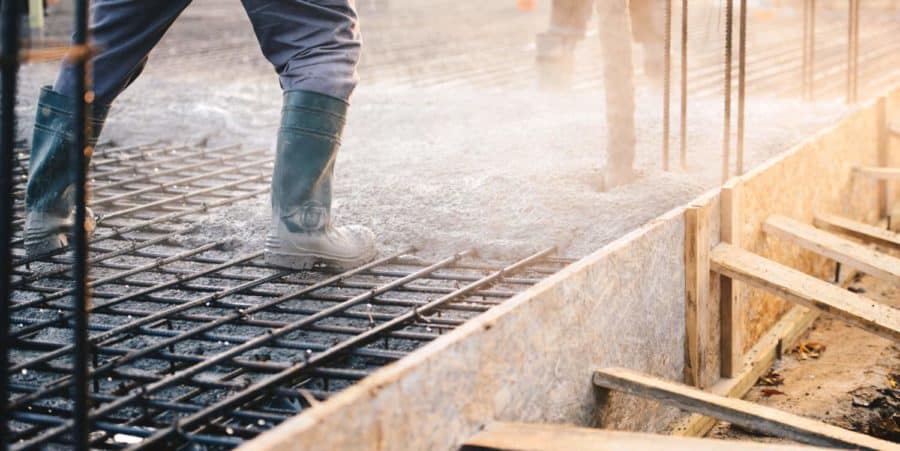Concrete is the most widely used manufactured material worldwide—and one of the largest contributors to greenhouse gas emissions, accounting for at least 8% of global energy-related carbon dioxide emissions.
Maria Konsta-Gdoutos, a University of Texas at Arlington civil engineering professor and associate director of the Center for Advanced Construction Materials (CACM), is leading an international effort to decarbonize concrete production and promote its use as a renewable energy generator.
“We will pioneer TE-CO2NCRETE, a thermoelectric carbon-neutral concrete, that will exhibit a high carbon dioxide uptake potential and storage capacity,” Konsta-Gdoutos said. “Engineering the nanostructure of concrete also will allow the material to capture thermal energy from the surroundings and convert it into usable electrical energy, leading to the development of a novel technology for renewable electricity and higher efficiency power source.”
A $1.5 million National Science Foundation grant is supporting this effort, which also involves another U.S. university and five European institutions. The U.S. partner is the University of Wisconsin-Milwaukee’s Concrete Sustainability and Resilience Center, which is known for experimental research on design, multiscale characterization and implementation of sustainable multifunctional concrete utilizing carbon-based waste byproducts and graphene-based nanomaterials. International partners include the French National Center for Scientific Research, which is an expert on atomistic simulation techniques useful in renewable energy research; the Technical Universities in Dresden and Berlin, Germany; and the Politecnico di Torino in Torino, Italy.
Other stakeholders include the Portland Cement Association, a leading research and market organization serving cement manufacturers, and the American Concrete Institute. Both are actively engaged to accelerate and advance solutions to reach carbon neutrality, Konsta-Gdoutos said.
The aim of the partnership is to advance technological know-how for net zero carbon concrete at a global scale, picking up the pace set by the Paris Agreement to reduce greenhouse gas emissions 52% by 2030.
Konsta-Gdoutos said all partners are authorities in carbonated construction materials and energy-autonomous building materials and are equipped in handling various parts of the project. Further, CACM’s labs contain a sub-10-nanometer imaging/mapping NanoIR AFM spectrometer, the only one at a university in the United States.
Melanie Sattler, professor and interim chair of the Department of Civil Engineering, said the international collaboration connects research to the workforce.
“The partnership’s readiness to scale up and establish long-lasting bonds of international research are extensive,” Sattler said. “I could see industry stakeholders and national and international agencies become meaningful partners of the workforce connection.”

